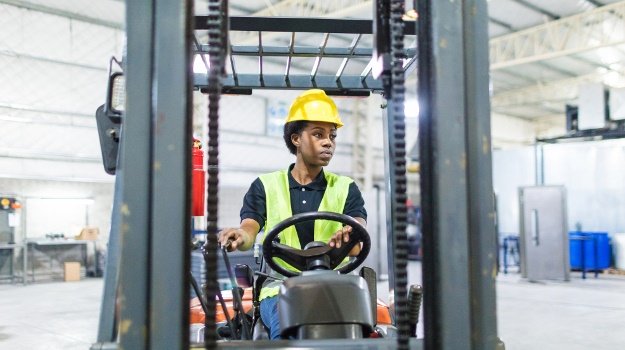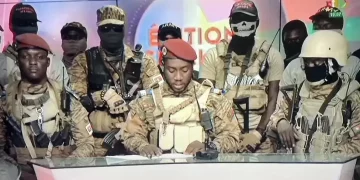[ad_1]

Jan Cronje
2020-04-24 08:52
Fin24 editor Ron Derby in live discussion with business leaders Martin Kingston, Piet Viljoen and Sandile Zungu about President Cyril Ramaphosa’s five-level lockdown plan, and what South Africa’s economy may look like at the end of it.
Last Updated at
Kingston says that structural reform is more important than ever.
He says SA needs to explore how the country can start to implement those reforms immediately, not “next year”.
He notes while SA may be affected by the virus for between 12 to 18 months, meaning SA may need to implement structural reforms while the lockdown is still ongoing.
Viljoen, meanwhile, says that while he welcomes the R500 billion injection announced by Ramaphosa on Wednesday, he fears that parts of the economy may be permanently destroyed if stringent lockdown continues.
Zungu says govt should consider shifting some of the compliance in enforcing the lockdown to the private sector.
The stimulus package, he says, is unprecedented. “I never realised so much money could be found’.
He says the needs of the SME sector – from restaurants to bed and breakfasts – are huge. Some cannot survive for a month without customers.
Zungu said is different to fault what Mouton said in his letter.
He said Mouton raised issues that others would be scared to raise.
Zungu said the letter found resonance among both black and white businesspeople he spoke to.
He notes that the president faces only difficult choices.
“We are at the center of the pandemic,” he says, saying SA has likely not reached the peak, adding that the message to flatten the curve must continue.
On Thursday President Cyril Ramaphosa announced R500 billion social and economic package to provide support for the economy and South Africans battered by the nationwide coronavirus lockdown. On Friday, Ramaphosa provided further details about how South Africa would gradually ease the lockdown.
Ramaphosa announced that, from May 1, SA would have five levels of lockdown.
Level 5 means that drastic measures are required to contain the spread of the virus to save lives.
Level 4 means that some activity can be allowed to resume subject to extreme precautions required to limit community transmission and outbreaks.
Level 3 involves the easing of some restrictions, including on work and social activities, to address a high risk of transmission.
Level 2 involves the further easing of restrictions, but the maintenance of physical distancing and restrictions on some leisure and social activities to prevent a resurgence of the virus.
Level 1 means that most normal activity can resume, with precautions and health guidelines followed at all times.

















